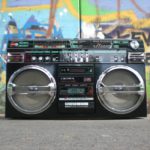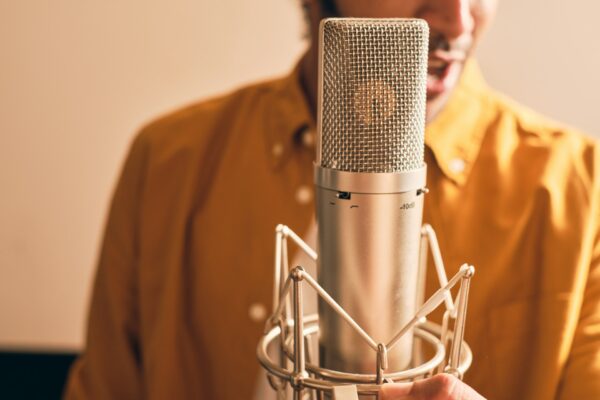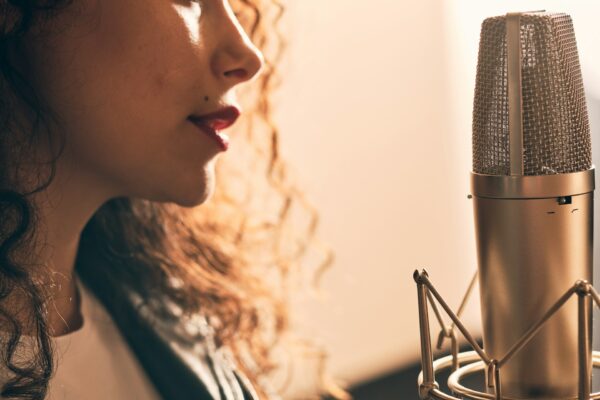
Radio jingles are an iconic staple of advertising. They’ve been around since the beginning of radio, and always leave potential customers with a catchy tune in their head.
But there’s a lot that goes into making a good radio jingle besides a catchy tune. If you’ve ever found yourself wondering how radio jingles are made, you’ve come to the right place.
We’ve put together a detailed guide that goes through the radio jingle process from inception to airwaves. If you’d like to learn more, keep reading!
History Of Radio Jingles
While radio technology had developed in the late 19th century, it was not until the turn of the 20th that it began to catch on with the public.
Starting around 1905, commercially-available radios were available for purchase. By 1920, radios were fairly common household items.
At this time, they were primarily used for news reports. The widespread commercial use of radio had still yet to be explored.
In 1926, General Mills was credited with creating the first radio jingle for their Wheaties cereal. It aired on Christmas Eve in the Minneapolis-St Paul area.
General Mills noticed something interesting: their sales skyrocketed, but only in the Twin Cities area. The jingle was successful as an advertising tactic, so they began broadcasting it in other areas, and sales followed.
The rest, as they say, is history. The use of radio jingles skyrocketed shortly afterward and became a staple of radio for decades to come.
Interestingly, it’s not just companies that use radio jingles to advertise. Each radio station call sign (the 4-letter combination given to each station) has its own unique jingle, even today.
How Radio Jingles Are Made
Some people think that jingles are recorded in-house or at the radio station itself. But there is actually an entire industry that revolves around the creation of radio jingles.
Writing, recording, and producing a radio jingle is a specialized skill set that only a few professionals are really skilled in.
If you’re looking for a radio jingle for your business, make sure that you go with the pros. A bad jingle may be memorable for the wrong reasons.
Figuring out a Target Audience
The part of how radio jingles are made is identifying who your customers are. Think of your jingle as a company’s audio logo. It forms a crucial part of a brand’s identity.
Identifying your customer base will ensure that you are getting your jingle played on the right stations at the right time. If you’re a hip young company, you may not want to air your jingle during a late-night talk radio show.
It will also help you to set the tone of your jingle. While all jingles are catchy, the instrumentation and vocals can communicate a wide range of “personalities” to your potential customers.
Writing a Hook/Catchphrase
Usually, the first part of making radio jingles is writing the hook. These are the words and melody that make up the vocal part of the jingle.
This is a lot harder than it seems. You have to convey the entire message of your jingle with just a few notes and words.
Think about one of the most well-known jingles in the world: McDonald’s. You don’t even have to hear it without “I’m Lovin’ It” popping into your head.
That’s the power of a good hook. It’s simple, easy to remember, and catchy. This should encompass what your company is about.
If you have a tagline, you might already have a catchy hook. All you need is a melody to go with it.
Typically, professional jingle writers are your best bet for crafting the perfect catchy hook.
Composing the Music
After the main hook is written, the rest of the score has to be filled in. This is very dependent on the overall tone of your jingles for the radio.
You wouldn’t want to pair old-timey orchestral instrumentation with a poppy, bright jingle. The instrumentals should match the tone and “vibe” of the melody.
Instrumentation is written out for each instrument that will be recorded. This includes guitar, bass, drums, keys, and other instruments.
A professional composer should be used at this point. If you are using studio musicians, you need the sheet music to be readable.
Some professional jingle writers can also write all of the instruments in a digital audio workstation. This can save you time and money on recording in a full studio with a band.
Booking the Studio
Regardless of whether you choose a full band or to just record vocals, you will need to book a recording studio.
It is important not to skimp on this step. A high-quality recording in a dedicated studio space will sound better and be much easier to mix and master later.
Generally, studio time for radio jingles is not as extensive as recording a music album.
However, you need to budget time for multiple takes. Vocalists often do upwards of fifty takes in the studio to get the perfect one. Live musicians will also need time to do several takes.
Make sure that the audio engineer you work with knows what format your recordings need to be in. This is something you should consult with your mixing engineer with.
They may want stems or full tracks. There is also the question of format, which can vary from studio to studio.
Finding Musicians
If you are using live instruments for recording radio jingles, you are going to be in the market for studio musicians.
Studio musicians are dedicated professionals who are trained to learn music that other people have written and play it for recording.
They will be much more efficient and easier to work with than just hiring random musicians off of Craigslist.
Most studio musicians will bring their own gear, although some studios have plenty of gear for use as well.
Make sure that the musicians fit the jingle’s sound. Ensure that they have quality sheet music or charts to work off of. This will make the recording process go much smoother.
Finding Vocalists
Finding an experienced jingle singer is probably the most important part of the recording process.
Different vocalists have different styles and vocal qualities. Most professional jingle singers will have portfolios available of past work, so make sure they will fit the sound.
If the jingle ad also has a voice-over, think about hiring a separate narrator. Usually, narrators are a separate specialty from jingle singers.
Recording Process
Once everyone is in the studio, it is a matter of setting up microphones and recording the tracks.
Generally, the musicians will track first, and then the vocalists will add their work on top.
At this point, lean on the expertise of the jingle writer who will be producing the session, and the audio engineer who records it.
They will be able to pull out the best performances from the musicians and vocalists.
As mentioned, the recording process may take several hours, even with an experienced team. This is crucial for getting the best results for a jingle.
The recording studio session is a key part of how radio jingles are made. Make sure that expectations are clear and that everything is planned in advance. A smooth session is the best session.
Mixing and Mastering
After the tracks are recorded, your jingle enters the mixing phase. This is where your jingle producer or an experienced mixing engineer will treat the tracks with some studio magic and expertise.
Even the best raw recordings in the world will still need to be mixed, so this step should not be rushed. A good mix will ensure that every part sounds good and that the overall sound is perfectly balanced.
After the initial mixing is finished, your jingle will be mastered. Mastering is a special process that balances the mix to sound good on all kinds of sound systems including car stereos and cheap earbuds.
At the end of this process, you will generally receive multiple versions of your jingle.
It is not uncommon to get a full package: acapella vocals, instrumentals, a full radio spot, and just the hook. Each track will be mixed and mastered perfectly and be ready to send to the radio stations for use.
Using Your Jingle
After you get your masters back, you will need to send them to the radio stations in the markets you are targeting.
This involves paying the station an advertising fee in order to have your jingle played. Some stations will charge by length, while others will charge per play.
Generally, you own all of the licensing rights to your jingle after the recording process is finished.
Some jingle producers will ask for a cut of the profits, while others offer all-inclusive packages. Make sure to check beforehand.
In addition to radio play, you can also use your jingle in TV commercials and online streaming platforms. This will really help you get your money’s worth out of your jingle!
What Makes a Good Radio Jingle?
Obviously, there is quite a bit of work and expertise that goes into how radio jingles are made.
If you want the best radio jingle possible, you’ll want to go with a professional.
Luckily, we offer a whole host of advertising services, including the best award-winning jingle writing and production in the business.
Check out our list of services, and please feel free to contact us at 1-800-639-9728.






No comment yet, add your voice below!